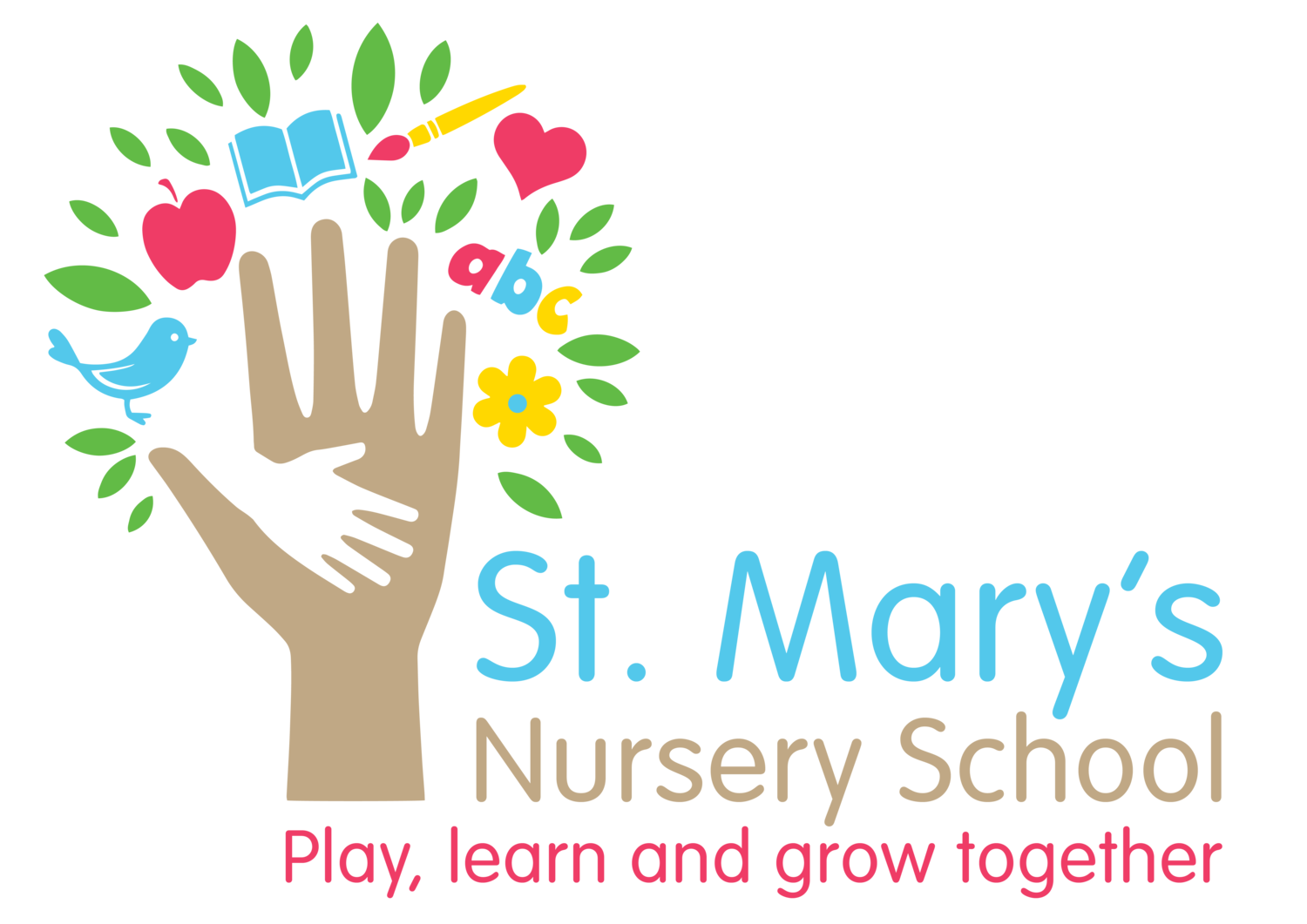Children are little curiosity boxes – they want to see, touch and explore everything around them. From throwing food on the floor to see if it sticks to picking up their fortieth leaf on your morning walk, they’re fascinated by the big, brand-new world they’ve just come into.
Giving them new experiences is a fantastic way to encourage their questions and help them learn, but is there a way that you, as parents, can boost this curiosity? This is exactly where learning provocations shine.
Learning provocations are activities or experiences to boost children’s engagement – put simply, they’re spaces where children can pick up, touch and explore different objects. Think of them as an open-ended invitation to explore, wonder and be creative.
If that didn’t convince you, provocations spark interest, stimulate thoughts and ideas, and encourage questioning – all of which help children understand, learn and develop. Oh, and you can create them from objects you probably already own. What’s not to love?
What does a learning provocation look like?
There’s no right or wrong way; they’re completely open-ended. There’s also no prescribed outcome – it’s simply an invitation to explore. The more you experiment, the more inspired you’ll become. You’ll get ideas based on your child’s interests and their engagement, and you can gauge if they’re learning as much as they can as you go along.
Below are a few examples to give you an idea of what these spaces can look like. The aim is to spark interest, and encourage your child to explore and share their thoughts while they play:
Provocations are extremely flexible – you can base them on your child’s current interests, the weather, the seasons… The possibilities are endless! One of our favourite provocations is to freeze objects in ice and display them in a tuff spot for the children to explore. It’s fascinating to hear the discussions this promotes, as children wonder how the dinosaurs/animals became stuck in the ice or why the coins are now frozen. We then think about how we can melt the ice, what would work best and how long it might take.
Why learning provocations are so beneficial
The aim of a learning provocation is to inspire a child to wonder and think. With that, children are encouraged to talk, to share their ideas and thoughts through hands-on, practical experiences. This has some fantastic benefits.
When they are engaged in their play, children use words to talk about sizes, shapes, textures as well as words related to thinking such as why, how and where. Their creativity and curiosity are sparked in a way that encourages them to continually ask questions.
But it’s not just curiosity and a thirst to learn that makes these spaces incredible learning opportunities – they encourage creativity itself. Because there is no outcome, and the fact that the activities are open-ended, children can freely engage with them. They’re free to test out ideas and explore concepts as they see fit. A win-win!
As an added bonus, these learning experiences also help develop focus and concentration. Uninterrupted play allows children to learn and think independently as they navigate the activity in front of them, and how to focus on one thing at a time.
















